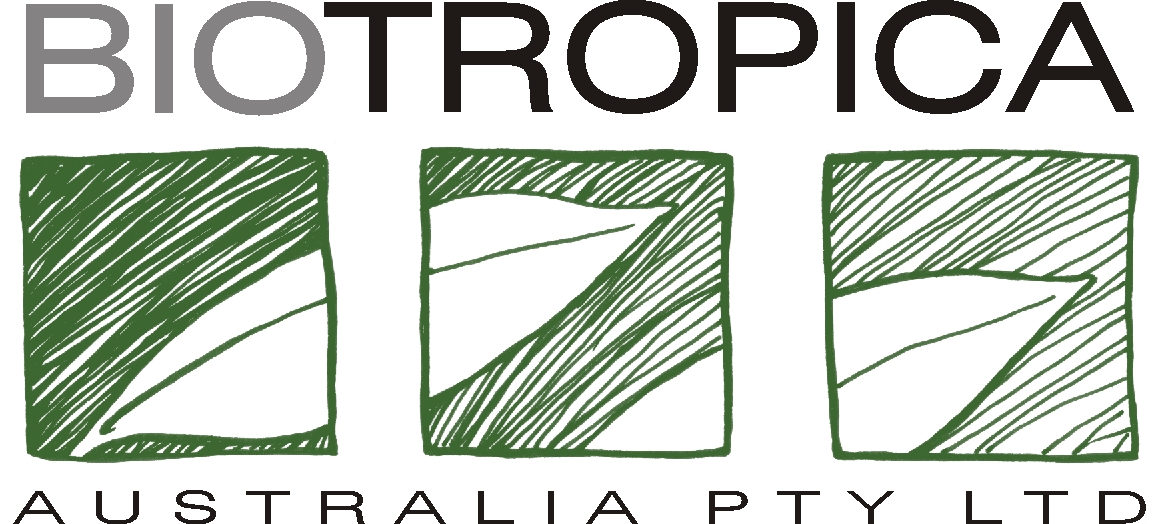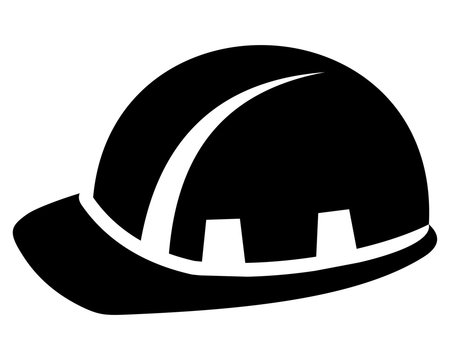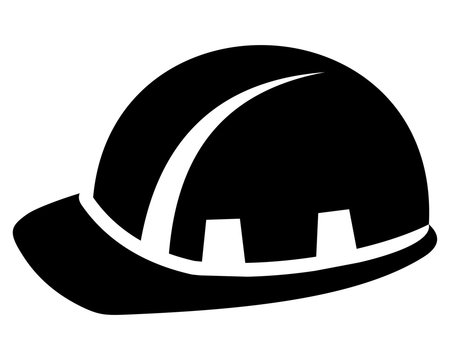Information
-
1. Answer the questions below to assess if all serious hazards are controlled to an acceptable level and identify any gaps. 2. Add photos and notes below each question when they will add value and aid understanding to your answer. 3. Complete audit by providing digital signature.
-
Job
-
Number of employees
-
Date
-
Location
-
Personnel
-
Vehicle registration number you are using
-
Vehicle Washdown Record
-
Name of wash down facility?
Chemical Records for Weed Control
-
User: Adam Northover (0447987627) | 198 Lakes Dr, Lake Eacham QLD 4884 | G26068
-
Glyphosate (Reg. No.58830/52147) Group M
-
Quanity
-
Grazon (Reg. No.60830/105077) Group I
-
Quanity
-
Vigilant (Reg. No.68484/58436) Group I
-
Quanity
-
Adjuvant Oil (Reg. No.57029/20-1000L/0210) Group I
-
Quanity
-
Size of area targeted?
-
Types of plants targeted?
-
Wind direction / speed?
-
Temperature?
Select Activity / Review Controls
undefined
-
Will you be accessing a property?
-
* Leave the property gates how you found them.
* Apply in writing for permission to enter.
* Be aware of animals on the property, ensure they are restrained before entering. -
Bio-security Risk Zone
-
* Be aware of biosecurity zones.
* Be aware of signs and symptoms of key pathogens call office for advice.
* Avoid areas containing pathogens whenever possible.
* Agree on a pathogen / biosecurity plan prior to accessing infested zones.
* Environmental inductions required if working in Wet Tropics.
* Do not disturb or traverse areas of dieback as a result of work activities.
* Vehicles don’t leave infected zones until contaminated procedures are implemented.
* Foot access where possible and disinfection of plant, equipment and vehicles.
* Wash down plant, equipment, vehicles, clean soils, plant material and seeds off clothing.
* Spray tyres with insect repellent. -
Using chemicals?
-
* PPE - Hi Vis shirt, steel capped boots, long trousers, disposable face mask, gloves.
* SDS is read and understood by staff.
* Supervising operator trained and certified in chemical safety.
* Follow package instructions only.
* Inspect all containers and equipment for leaks.
* All chemicals stored in approved and/or bunded containers.
* Do not decant hazardous chemicals in protected or sensitive areas.
* Carry Spill Kit at all times.
* Report all spills.
* Maintain Hazardous Substance Register
* Application, handling and storage of herbicides near watercourses is prohibited, unless authorised and label specifically allows for use in sensitive areas. -
Read procedure - https://drive.google.com/file/d/1axnJlP_P5pxULFtbNK2T7dr4OVhh6TCU/view?usp=sharing
-
Initial that you have read the procedure.
-
Cultural Heritage Management
-
* Stop any activity immediately and alert others in the area
* Contact supervisor on site and notify Biotropica management
* Flag out the area, take photographs * Management to notify relevant authorities -
Fauna Spotter Catching
-
* PPE - Hi Vis shirt or vest, steel capped boots, long trousers, hard hat & visor, snake gaiters, safety glasses, gloves.
* Ensure staff are trained and competent (certified) in snake handling.
* Work under the correct permits (rehabilitation permit).
* Be vigilant around venomous species.
* Be vigilant of your surroundings and the ground while walking at all times.
* Follow accepted manual handling techniques.
* Follow current QLD government Covid advice. -
Using hand held tools?
-
* PPE - Hi Vis shirt, steel capped boots, long trousers, sun hat and sunscreen
* Tool is used for intended purpose only
* Preventative maintenance -
Working at height?
-
* PPE - Hi Vis shirt or vest, steel capped boots, long trousers, hard hat & visor, sunscreen
* Carry out work on solid, level ground
* Outsource or use certified restrain / arrest equipment when working above 2.4m -
Land & Vegetation Management
-
* PPE - Hi Vis shirt or vest, steel capped boots, long trousers, sun hat, sunscreen.
* Staff have completed the Wet Tropics environmental induction.
* Be aware of Protected area boundaries and threatened species habitat/features.
* Understand current legislation, policies, guidelines, management plans
* Have permits and access permission.
* Cease operation when conditions may cause degradation to work site.
* Application, handling and storage of herbicides near watercourses is prohibited, unless authorised and label specifically allows for use in sensitive areas.
* Operator is trained and competent to use high risk equipment.
* Follow maintenance plan as per scope of works.
* Carry out appropriate washdown procedures.
* Drive on existing tracks and avoid driving through infestations if possible.
* Plan trips by moving from clean areas to known contaminated areas.
* Adhere to local government Biosecurity Plans.
* Report suspected outbreaks of listed plants to management.
* Control weed outbreaks as required and responsibly apply appropriate control (herbicide).
* Permit required from Fire Services for burning.
* No controlled burning without fire brigade on site.
* Use traffic control measures. -
Manual Handling
-
* Assess whether weight of load is within capacity to handle manually.
* Use mechanical aids and obtain other assistance where necessary.
* Vary tasks to reduce exposure to bending and lifting.
* Ensure staff have viewed the internal manual handling video. -
Using motorised tools?
-
PPE Chainsaw - Hi Vis shirt tucked in, steel capped boots, long trousers, hard hat with face shield and ear muffs, safety glasses, gloves, chaps and sunscreen.
PPE Brush cutter - Hi Vis shirt tucked in, steel capped boots, long trousers, hard hat with face shield and ear muffs, safety glasses, gloves, sunscreen.
PPE Auger - Hi Vis shirt tucked in, steel capped boots, long trousers, ear muffs or ear plugs, sun hat, sunscreen. If required – safety glasses, gloves.
Ensure only trained and certified staff operate chainsaws.
Operator to inspect work environment for hazards prior to commencing work.
Refuel in well-ventilated area.
Regularly conduct preventative maintenance. -
Sign that you have read the procedure.
-
Driving a motor vehicle?
-
* Perform vehicle pre-start checks daily.
* Licenced driver.
* Loads secured appropriately.
* Obey traffic rules and regulations.
* Stay alert and drive defensively.
* Drive to suit prevailing conditions.
* Take regular rest breaks during long journeys.
* Follow washdown procedures, record any infestations.
* Ensure trailer is attached properly.
* Use tree protectors for power winching.
* Current vehicle insurance.
* Preventative maintenance on vehicles.
* Recovery equipment used within load capacities.
* Follow current QLD government Covid advice. -
Operating an ATV
-
* PPE - Hi Vis shirt or vest, steel capped boots, long trousers, gloves, safety glasses, bike helmet, sunscreen.
* Do not carry pillion passengers.
* Avoid overloading and secure all loads.
* Do not exceed 50kg limit for all loads.
* Do not operate quads on excessively steep slopes or loose / slippery surfaces.
* Do not use excessive speed.
* Trained ATV operator (Bio internal training).
* Carry first aid kit, puncture repair kit, pump, recovery strap, D-shackle.
* Drive on flat terrain when carrying quad spray tank 50L. -
Sign that you have reviewed the procedure.
-
Working around powerlines?
-
* PPE - Hi Vis shirt or vest, steel capped boots, long trousers, sun hat and sunscreen.
* Compliance with Electrical Industry Safety Code.
* Avoidance of exclusion zones.
* Be aware / stay away from fallen live powerlines and exclusion zones.
* Contact relevant authority if powerlines are found to have fallen or been damaged. -
Working near a railway?
-
* PPE - Hi Vis shirt or vest, steel capped boots, long trousers, sun hat and sunscreen.
* Complete site induction if required.
* Have access permission before undertaking work. -
Working in a remote location?
-
* PPE - Hi Vis shirt or vest, steel capped boots, long trousers, sun hat, sunscreen.
* Complete the remote call-in form prior to departure.
* Prepared for remote travel using the vehicle check list.
* Follow a journey plan.
* Research the community you are attending, seek permission to enter.
* Take a satellite communication device.
* Walk the planned route to confirm water depth and inspect for submerged hazards.
* Consider the flow-speed of water before crossing.
* Be vigilant of road conditions at all times.
* Only suitably experienced off-road drivers to drive vehicles in off-road situations.
* Ensure recovery equipment is present and in good condition before departure.
* Trained to use winches and equipment to recover a bogged / stranded vehicle.
* Leave the property gates how you found them. -
Read procedure
-
Working near roads?
-
* PPE - Hi Vis shirt or vest, steel capped boots, long trousers, sun hat and sunscreen.
* Awareness of traffic.
* Traffic control measures such as witches’ hats and signage to delineate work area.
* Professional traffic control if working within road.
* Barricade work area to prevent pedestrian access if there is risk of harm to public. -
Working on slopes?
-
* PPE - Hi Vis shirt or vest, steel capped boots, long trousers, sun hat and sunscreen.
* Affix harnesses and have three points of contact at all times.
* Lock vehicle wheel hubs.
* Clear debris from path.
* Cease operation and proceed on foot if unstable for vehicle.
* Be vigilant of your surroundings and the ground while walking or driving. -
Working near tidal creeks?
-
* PPE - Hi Vis shirt or vest, steel capped boots, long trousers, sun hat, sunscreen.
* Spotter attends site with the surveyor.
* Spotter must be armed with suitable gaff or barge pole.
* Staff stay in visual and audio range of other workers at all times.
* Scan work site prior to work taking place.
* Beware of where you're stepping.
* Only work in low tide conditions – be aware of tide times. -
Sign that you have reviewed the control measures.
-
Working near water?
-
* PPE - Hi Vis shirt or vest, steel capped boots, long trousers, sun hat and sunscreen.
* Avoid contaminated waters.
* Do not enter the water if the flow is greater than 1m/s.
* A minimum of 2 people is required when working near water.
* Check tide level before commencing work.
* Check water depth before vehicle enters water.
* Follow current QLD government Covid advice. -
Working outdoors?
-
* PPE - Hi Vis shirt or vest, steel capped boots, long trousers, sun hat, sunscreen.
* Confirm weather conditions prior to commencing works.
* Apply insect repellent where applicable.
* Be aware of staff with known allergic reactions.
* Apply and regularly reapply high SPF and water-resistant sunscreen.
* Drink sufficient water; dark urine means you are not drinking enough water . * Proceed into areas with caution.
* Carry a first Aid kit & ensure all staff have up-to-date first Aid training.
* Take regular breaks.
* Take reliable communication devices. -
Working with others?
-
* Encourage staff to seek Covid vaccination.
* Keep physical distance of at least 1 metre from others, even if they don’t appear to be sick. • Avoid crowds and close contact.
* Wear a properly fitted mask when physical distancing is not possible and in poorly ventilated settings.
* Clean your hands frequently with alcohol-based hand rub or soap and water.
* Cover your mouth and nose with a bent elbow or tissue when you cough or sneeze.
* Dispose of used tissues immediately and clean hands regularly.
* If you develop symptoms or test positive for an infectious disease, self-isolate until you recover.
* Follow current QLD government infectious disease pandemic advice.
ADDITIONAL RISKS
-
Are there any additional site-specific conditions and controls?
-
Provide details:
-
Are there any risks you feel can't be managed?
-
Provide details:
Signature Page
-
Attendees Signature
-
Date
-
Attendees Signature
-
Date
-
Attendees Signature
-
Date
-
Attendees Signature
-
Date













